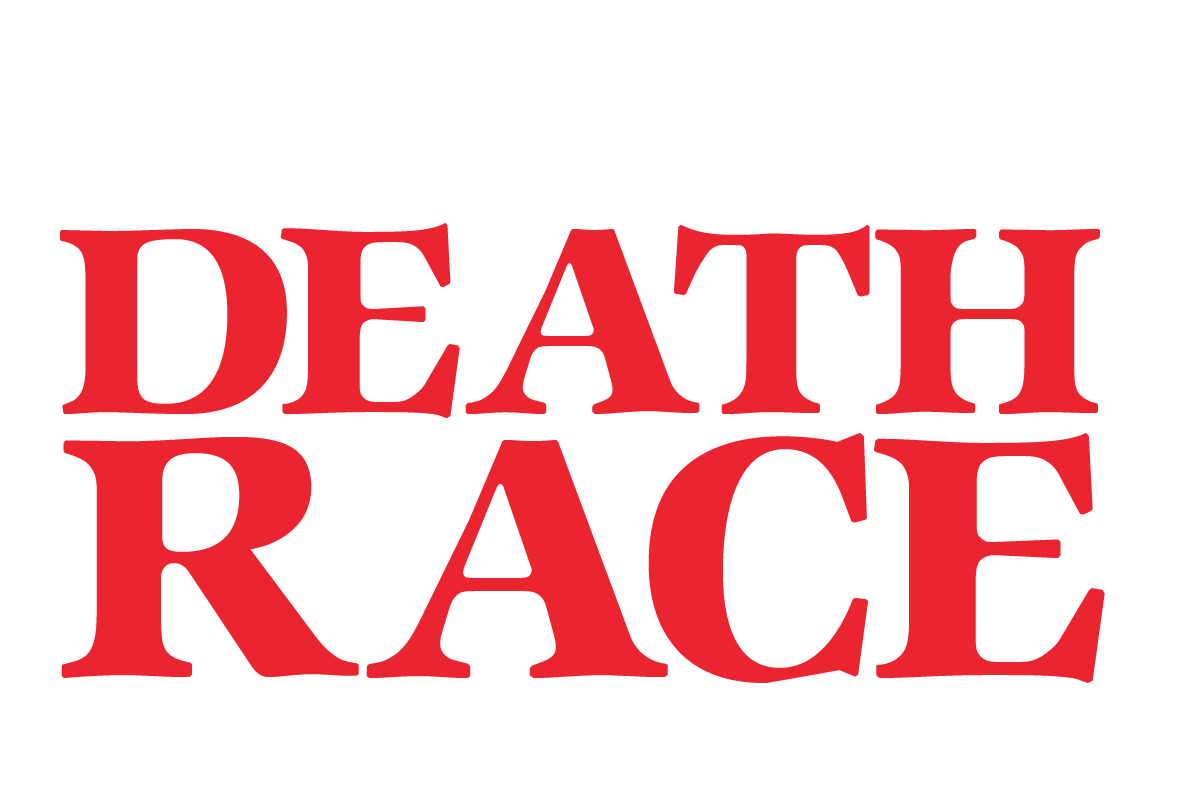When the world feels like it’s spinning out of control, most people look for comfort. Me? I lace up my shoes, shoulder a log, and head into the unknown.
The Death Race is pure chaos. No course map. No guaranteed finish line. No mercy. But I’ve found more clarity there — and on the flanks of Mount Rainier, at mile 82 of Cascade Crest 100, and in the quiet agony of back-to-back training days — than I ever have in comfort.
Endurance racing isn’t just a test of the body. It’s a training ground for the mind. And more than anything, it’s where I learned to live like a Stoic.
The Chaos is the Point
Modern life is chaotic — a never-ending stream of noise, updates, opinions, and demands. But most of that chaos is meaningless. It distracts. It doesn’t test you. It doesn’t transform you.
The chaos of endurance is different. It’s real. It’s blistered feet, surprise tasks, broken gear, and rain that just won’t let up.
When I stood on the summit of Mount Rainier, battered by altitude and cold, I wasn’t there by accident. I was there by choice — embracing the storm, not avoiding it.
Stoicism calls this premeditatio malorum — the practice of imagining hardship. But races, climbs, and long-haul slogs are where we practice it with our bodies.
Control is an Illusion — But Response is Power
Epictetus said it best: some things are up to us, and some things are not.
At the Death Race, you learn that quickly. You don’t control the schedule. You don’t control the rules (which change constantly). You don’t control the weather, the gear failures, or the mind games.
What you do control? Your breath. Your next action. Your attitude.
In ultras like Cascade Crest 100, when your body starts to quit and doubt creeps in, that’s when the training kicks in — not physical training, but mental conditioning. You stop looking at the clock and start asking, “What can I do right now?”
And that’s where the race is really run.
Amor Fati: Loving the Suck
Amor fati — love of fate — isn’t just about tolerating hardship. It’s about embracing it as necessary and even beneficial.
When the race gets worse — when your body screams and your brain begs for comfort — you lean in. You stop waiting for the suck to end and start welcoming it as the fire that forges you.
I’ve seen it in every type of endurance athlete — whether it’s friends grinding through an IRONMAN, pushing limits in a 200-mile ultra, or climbing into the darkness on a glacier at 2 a.m.
The more it hurts, the deeper the growth.
Stillness in the Storm
There’s a strange calm that arrives after long hours of movement. Somewhere beyond exhaustion, when you’re soaked and shaking, clarity comes.
The storm doesn’t stop — you do.
You stop resisting it. You stop feeding your suffering with complaints and doubt. You just exist. Present. Focused. Still.
Ryan Holiday calls this Stillness is the Key — and he’s right. In the middle of chaos, stillness isn’t passive. It’s power. It’s knowing who you are when everything else is stripped away.
The Stoic philosophers found it in their writing, their exile, their solitude. We find it on the trail. Under headlamps. Behind salt-streaked smiles. When the only way forward is through, and you choose to keep going.
That stillness? It doesn’t just carry you through the race. It carries you through life.
Endurance as a Way of Life
The Death Race was my crucible. But it’s just one of many. Whether it’s a mountain summit, a multi-day event, or a hundred-mile haul — every challenge is a mirror.
This path — the long, grueling, uncertain one — has shaped who I am. But I’ve also learned (sometimes the hard way) that suffering alone doesn’t equal growth. As I wrote recently in When the Hard Way Isn’t the Smart Way, there’s a difference between choosing discomfort to build strength and chasing pain for ego.
The goal isn’t just to do the hard thing — it’s to do the right hard thing.
To suffer with purpose.
To endure with direction.
Because in chaos, we find calm.
In pain, we find power.
And in chosen suffering, we find freedom.

